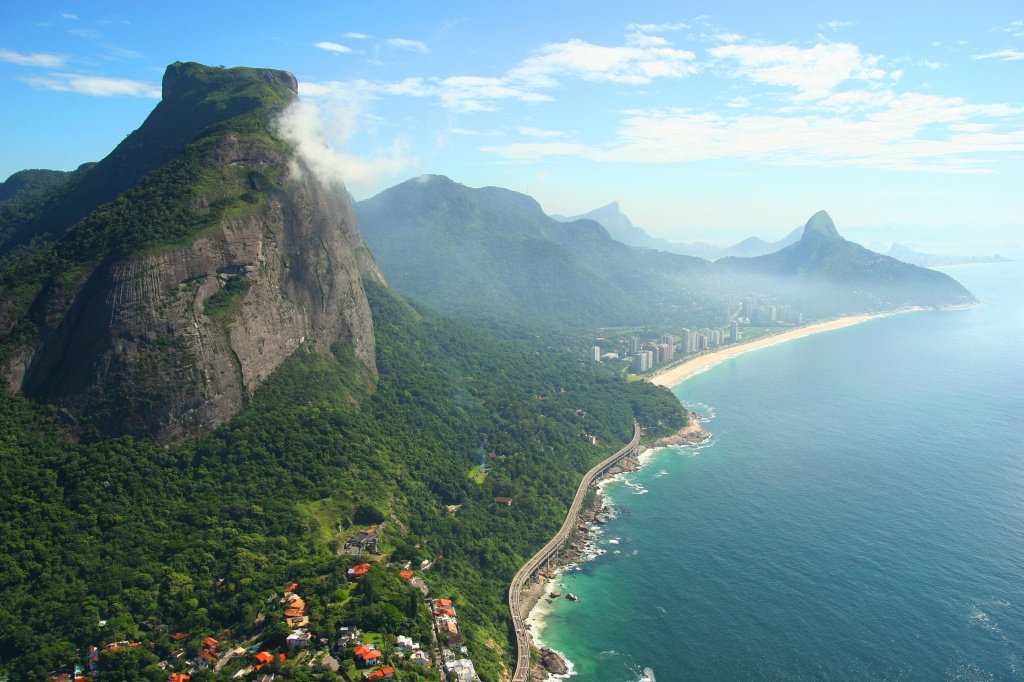Brazil has over 70 beautiful national parks, some more accessible than others. The country has a rare abundance of natural diversity, from dense rainforest, picturesque peaks and table-mountains to vast grasslands (sertao), rolling white-sand dunes and underground crystal-clear caves. Any nature lover would be spoiled by the choice of hikes and trails in Brazil. Find out which one to choose, according to your interest.
1 – Lençóis Maranhenses National Park: for swimming & dunes
Located in the north-east of Brazil in the state of Maranhão, the immense part of Lençóis Maranhenses offers a pure barefoot experience through beautiful landscape of white-sand dunes and millions of azure lagoons. The lagoons are green and turquoise and sometimes almost black. Without doubt, this is one of the most breathtaking places in Brazil, and certainly, one of the highlights of South America. Enjoy the peaceful atmosphere of remote fishing villages, take kitesurfing lessons, go horse-riding and experience the slow lifestyle of the North-Eastern Brazil. One must carefully plan the trip, as cars are not allowed in the park and it is very difficult to visit the park on your own. Hotels in the area are usually small pousadas with limited capacity, therefore booking in advance is highly recommended. Despite the remoteness, there are several boutique hotels in the villages with everything you need for a relaxing holiday.
Access Point: Atins, Barreirinhas, Santo Amaro (Maranhao)
Closest airports: São Luiz (SLZ), Fortaleza (FOR) or Jijoca (JJD).
What to do: swimming, dune trekking, kite-surfing and horse-riding, romantic dinners, yoga, meditation
When to go: late May to early October
Recommended Tour: Route of Emotions
Where to Stay: Ananda Atins

2 – Iguaçu National Park: for world-famous waterfalls
This World Heritage Site is located in the state of Paraná, in southern Brazil. It is home to the Iguazu Falls, one of the seven natural wonders of the world which has over 270 waterfalls. Hike along dozens scenic trails in both Brazil and Argentina, while also having the change to glimpse at Paraguay from the triple country landmark. The Brazilian side has the best panoramic views, but less walking paths (plan for ~3h on this side). The Argentinean side brings you closer to the waterfalls through extensive trails (plan for a full day here). Stay at a beautiful boutique hotel inside the park and enjoy an exclusive access to the world’s famous waterfalls every morning, before the Park’s opening.
Access Point: Foz do Iguaçu (Paraná)
Closest airports: Foz do Iguaçu (IGU) in Brazil or Puerto Iguazu (IGR) in Argentina
What to do: hiking, birdwatching, boat ride, scenic helicopter flight
When to go: year round. December through March is the rainy season (normally at night and in the evening), so the waterfalls are at their fullest. April to November you can get blue skies, less people but ‘slimmer’ waterfalls due to less rain. Avoid the park during national holidays when the site is packed and the experience might be awkward.
Recommended Tour: Classic Brazil
Where to Stay: Hotel das Cataratas
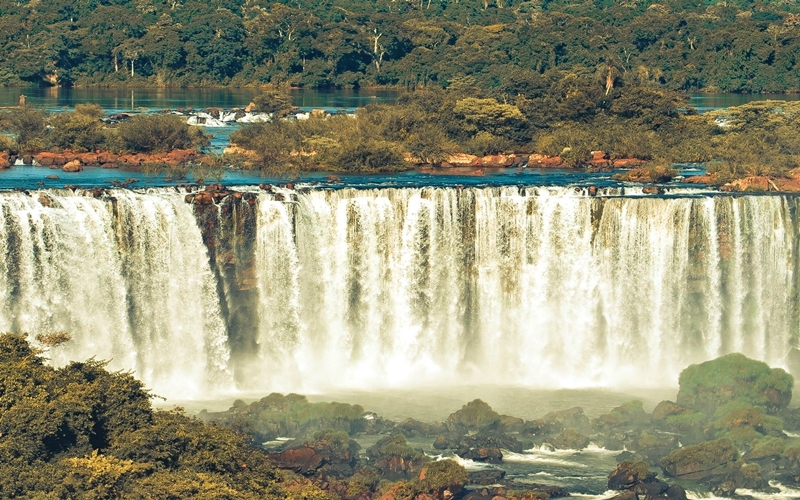
3 – Fernando de Noronha Marine National Park: for diving and beaches
Located in the northeast region of Brazil, Fernando de Noronha is an archipelago known for its dreamy beaches and the incredible marine biodiversity – a paradise for divers. Surrounded by the Atlantic Ocean, this remote island is a protected marine park, unique in South America. Virgin white sand beaches, counting among the best in the world, turquoise crystal-clear waters, rich marine life – a heaven, truly. The island offers plenty of opportunities to keep active, if you choose to. Take scenic hikes to enjoy the countless panoramic views, go snorkeling or diving, take surfing lessons or explore the island on a quad-bike. One of the best destinations in brazil for honeymooners.
Access Point: Fernando de Noronha (Pernambuco)
Closest airports: Fernando de Noronha (FEN) – fly from Recife, Natal or Sao Paulo
What to do: honeymoon, swimming, snorkeling, boat tours, scuba diving, hiking, surfing
When to go: year round. August to January is the driest period. February to July is rainy with the most rain falling from March to May.
Recommended Tour: Fernando de Noronha Holiday
Where to Stay: Colina Pousada
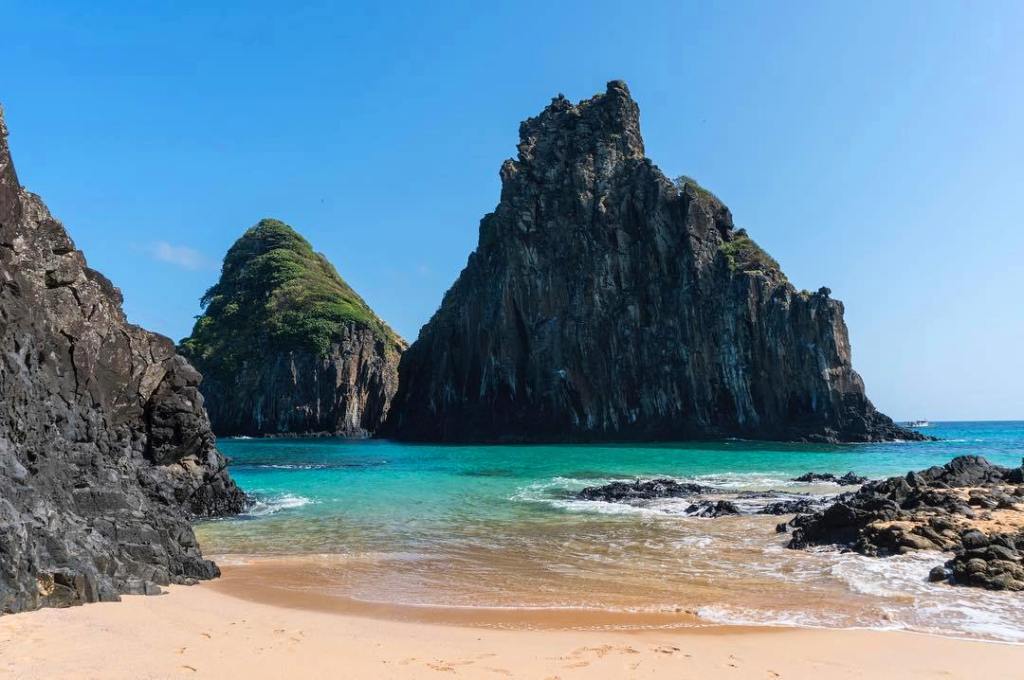
4 & 5 – Anavilhanas National Park & Jau National Park: for a real jungle adventure
Anavilhanas is the second major fluvial archipelago in the world, on the Rio Negro river, immersed in the Amazon Rainforest. Here there are about protected 400 islands and diverse riverside and indigenous communities. Hot, steamy and super rich in flora and fauna, the Amazon rainforest is the last great natural wilderness of the world and a truly awesome location. The sheer scale of the Amazon River is breathtaking. Wake up with the sounds of nature, watch spectacular sunrises and sunsets over the mirror-like surface of the river, learn about local lifestyle and taste delicious Amazonian food. There are charming boutique hotels in Anavilhanas.
The nearby Jau National Park is one of the largest in brazil, covering the area of three side rivers of the Rio Negro – Rio Jaú, Rio Carabinani and Rio Unini. In Jau you can visit mystical caves, wall carvings and ruins of a once prosperous, now lost city amidst the Amazon, Airão Velho. You will also encounter the giant and sacred samauma tree. There are no lodges in Jau and the best way to visit is with a small river cruise.
Access Point: Novo Airao (Amazonas)
Closest airports: Manaus (MAO)
What to do: swimming, hiking, boat riding, canoeing, community visits, pink dolphin watching, river cruising
When to go: year round. December to April being the rainiest months and July-September the driest. During the rainy season it usually rains at night or in the evening. The rains are strong and short.
Recommended Tour: Amazon Rainforest Tour
Where to Stay: Mirante do Gaviao
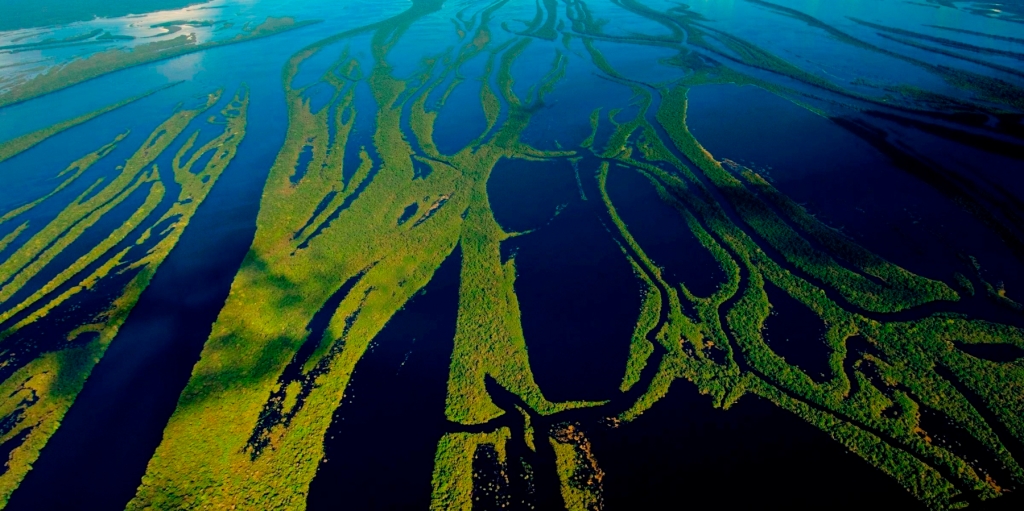
6 – Chapada dos Veadeiros National Park: for waterfalls and canyons
Chapada dos Veadeiros is the most beautiful national parks in Brazil and even in South America, located in the middle of the country, near the capital of Brasilia. Outdoorsy travellers would love this scenic place with numerous waterfalls, spectacular canyons, 360-degree panoramic views and picturesque rock formations in Vale da Lua. Enjoy picnics in the nature, swim in crystal clear waterfalls and bask in the warms of the sun. Most of the walking trails on this itinerary end up at a waterfall where you can swim and relax. Every year, in July or August there is an amazing cultural festival called Encontro de Culturas which takes place here and is quite a spectacular experience with indigenous dancing under the impressive drums rhythms.
Access Point: Alto Paraiso do Goias, Sao Jorge, Cavalcante (Goias)
Closest airports: Brasilia (BSB)
What to do: swimming, hiking, community visits, horse riding, yoga and meditation
When to go: April to September. October to March can be rainy, but the waterfalls are fuller and the vegetation is green and lush.
Recommended Tour: Chapada dos Veadeiros Tour
Where to Stay: Casa da Lua
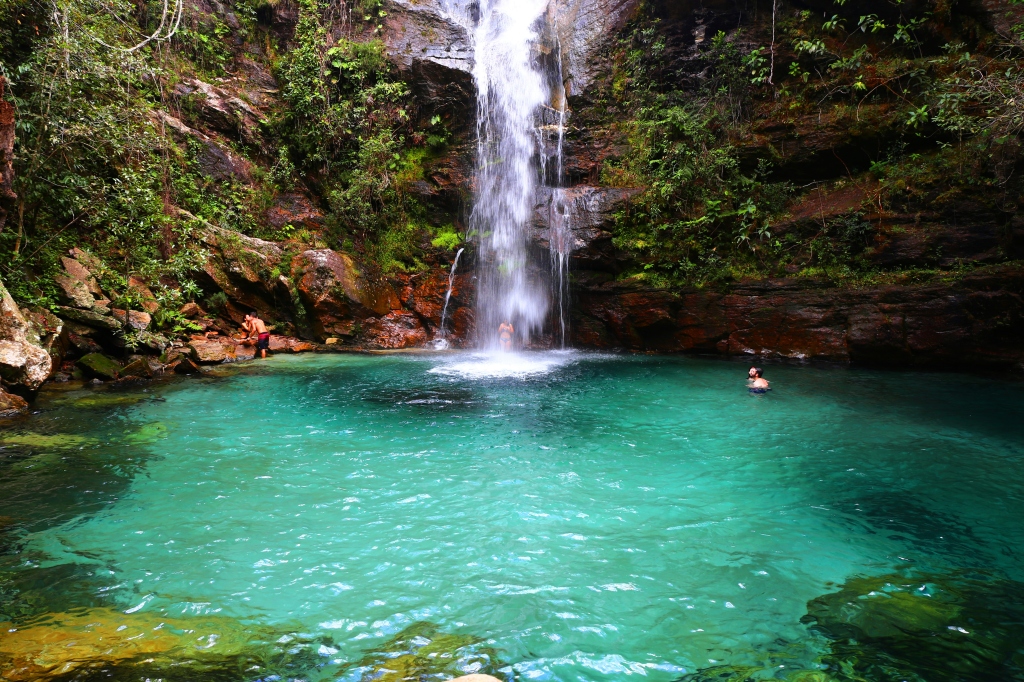
7 – Chapada Diamantina National Park: for table mountains, waterfalls and underground lagoons
Chapada Diamantina is located inland, in the state of Bahia. Come here to swim in underground pools with crystal clear blue waters, marvel at the immense waterfalls and hike along scenic trails blooming with wild flowers. Scenic table mountains are the guardians of canyons which are accessible by numerous trails. Poço Azul and the Poço Encantado are two underground caves filled with crystal-clear blue water thanks to their mineral composition. Stay in chic rustic pousadas and explore this huge park. Don’t forget to bring a pair of good walking shoes and sun protection. A good level of fitness is required as a norm, but there are plenty of things to do for families and senior travellers as well.
Access Point: Lencois, Vale do Capao (Bahia)
Closest airports: Lencois (LEC)
What to do: swimming, hiking, cycling, horse-riding, wine tasting, community visits
When to go: year round, but May to September are the driest months. October to April can be rainy, but this is also the time when waterfalls are fuller. Just bring a rain jacket.
Recommended Tour: Chapada Diamantina Tour
Where to Stay: Canto das Aguas
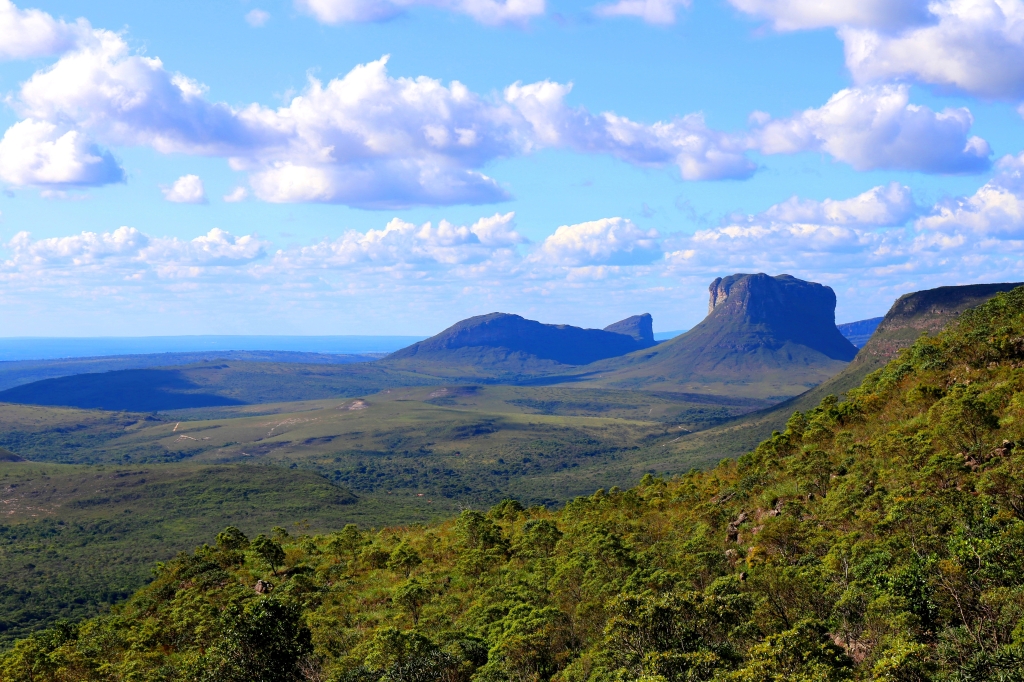
8 – Pantanal Matogrossense National Park: for wildlife
Pantanal is Brazil’s best place for wildlife and the largest tropical wetlands. If you are an active traveller, loving nature and fun activities such as horse riding, canoeing, wildlife walks – the Pantanal will provide a memorable experience where you will also meet numerous unique species of animals, reptiles and birds. Explore the wetlands to view the marsh and pampas deer, the capybaras, caimans, howler monkeys, the tapirs, anteaters, peccaries, toucans, jabiru storks, the hyacinths and the yellow and red macaws. You will encounter beautiful scenery and rich ecosystems.
Access Point: Miranda, Corumba, Pocone, Porto Jofre
Closest airports: Campo Grande (CGR), Cuiaba (CGB), Bonito (BYO)
What to do: wildlife safari, canoeing, hiking, boat riding, horse riding, birdwatching
When to go: year round. July to September is the dry season so hiking trails appear, while March to June and September to November is the rainy season and waters are higher, making canoeing perfect
Recommended Tour: Pantanal and Bonito Tour
Where to Stay: Pousada Piuval
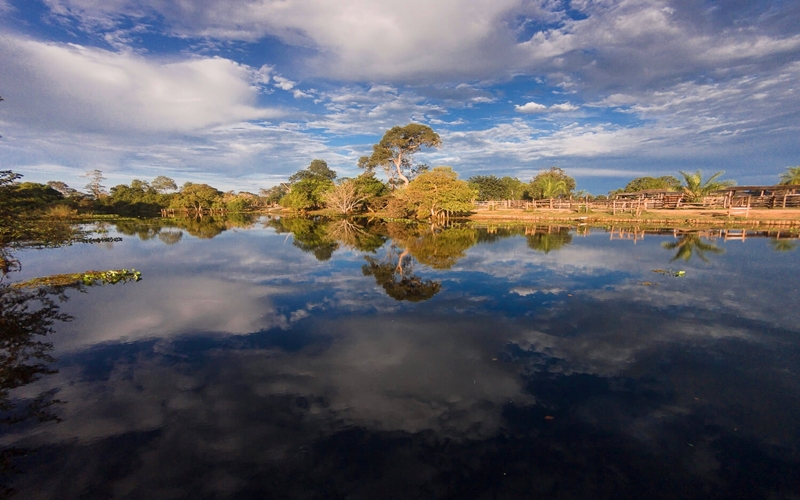
9 – Jericoacoara National Park: for beach and kitesurfing
Experience a castaway village with boutique rustic pousadas in the northeast of brazil in the state of Ceara. Drive through sandy roads of the national park to discover two beautiful blue lagoons where you can recline in a hammock right by the water (Lagoa de Paraíso and Lagoa Azul). Visit Pedra Furada, a naturally shaped impressive rock. Spend your days is a relaxing atmosphere of this little village tucked away from the rest of the world. There might be capoeira shows on the beach, Jeri is really lively and international. Forget about shoes and enjoy a barefoot relaxation. Kitesurf lessons are also available in Jeri. Every evening, head out to watch the sunset from Duna Grande, a popular spot which is so beloved by everybody in Jeri. At night you can relax in the local bars with live music.
Access Point: Jijoca
Closest airports: Jijoca (JJD), Fortaleza (FOR)
What to do: beach, swimming in blue lagoons, kitesurfing, surfing, buggy trips
When to go: year round. June to January is the dry season and there is a good wind to practice kitesurfing and windsurfing, while February to May one can encounter rains.
Recommended Tour: Route of Emotions
Where to Stay: Villa Mandi
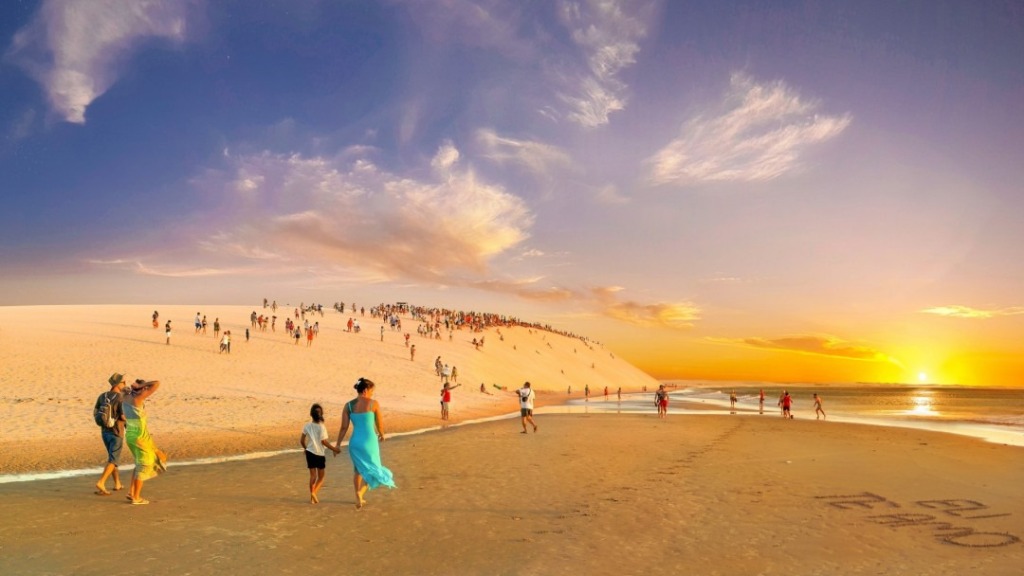
10 – Aparados da Serra National Park: for giant canyons
Located in the states of Rio Grande do Sul and Santa Catarina in the south of Brazil, this is a spectacular place with breathtaking views. If you are looking for unforgettable hiking, come this way! The large canyons in Aparados da Serra national park are holding some of the most spectacular panoramic views in Brazil. The wide mountains form high edges and abysses, dropping sharply into deep canyons. Several waterfalls adorn the scenery, making it look quite surreal. Choose to hike the numerous trails, either on the top of the mountains or passing through the bottom of the gorges and canyons. At the bottom, there are crystal clear rivers and pools for swimming. Stay at charming intimate mountain lodges with a cosy homely atmosphere. A guide is necessary for all the trails in the park.
Access Point: Praia Grande (Santa Catarina), Cambará do Sul (Rio Grande do Sul)
Closest airports: Caxias Do Sul (CXJ), Porto Alegre (POA), Florianopolis (FLN)
What to do: hiking, ballooning
When to go: May to August when the skies are blue and there is less fog, but it is the winter time so temperatures are low. During rainy season some trails are closed because of the danger of flooding.
Recommended Tour: Brazilian Canyons
Where to stay: Morada dos Canyons
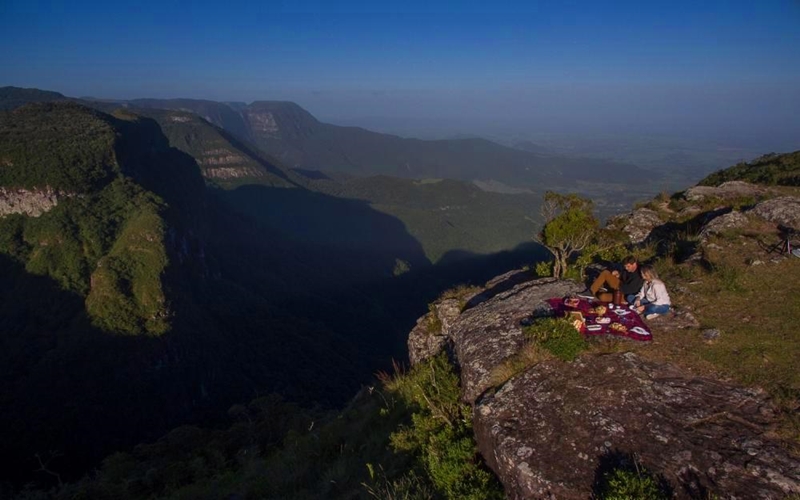
11 – Pico da Neblina National Park: for Yanomami, the highest peak of Brazil and Amazon rainforest
The extraordinary national park of Pico da Neblina offers a kaleidoscope of natural beauty, being one of the most preserved regions in the Brazilian Amazon. It is located in the northwest of the Amazonas state, in the upper part of Rio Negro, in the midst of vast indigenous territories. Pico da Neblina offers the unique cultural encounters with the natives of the Amazon rainforest, the Yanomami people. This is truly a once in a lifetime experiences in one of the most remote places in the world, where you will cross the Equator line, navigating wild rivers by boat and trekking through pristine rainforest, while challenging yourself to ascent up to the 3000 m summit of Brazil’s highest peak, Yaripo. Reaching this peak is a dream for every mountaineer. Without exaggeration, it is the most difficult trails in Brazil. The expedition not only delivers a sensational mountain experience, it’s also an experience of finding oneself, of achieving personal goals and testing one’s limits.
Access Point: São Gabriel da Cachoeira (Amazonas)
Closest airports: São Gabriel da Cachoeira (SJL)
What to do: mountaineering, hiking, boat riding, canoeing, community visits, swimming
When to go: year round. From January to March there is less rain, but this is also the time when there are more mosquitoes. From April to August is the time with more rain and less mosquitoes. September to December is a shoulder season with changing weather. Temperature varies between extremely hot in the forest and cold to very cold at the bottom and top. There’s a lot of humidity, but A LOT of humidity.
Recommended Tour: Pico da Neblina Trekking Expediton
Where to Stay: camping
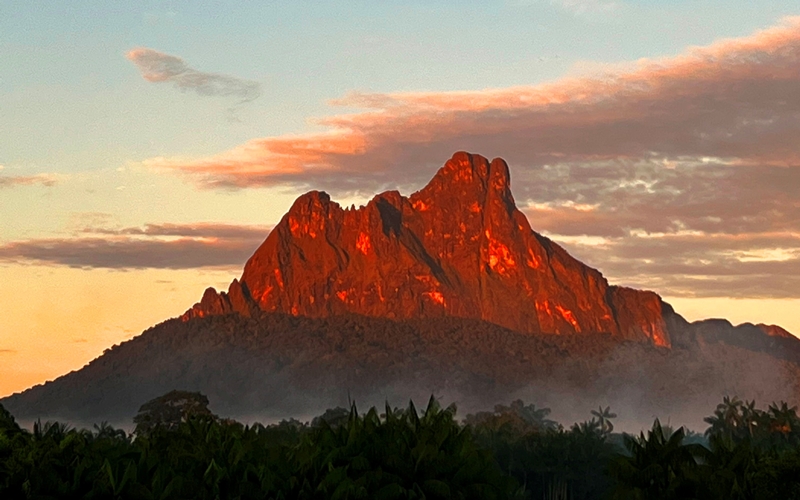
12 – Tijuca Forest National Park: for spectacular views of Rio’s bay
Tijuca is one of the largest urban parks in the world, located in the heart of the marvellous Rio de Janeiro. This park is part of the Atlantic Rainforest Biosphere Reserve and its home to a diverse fauna and magnificent viewpoints. The park contains numerous attractions, including the sculpture of Christ the Redeemer, Pedra Bonita, Pedra da Gavea and Pico da Tijuca, Vista Chinesa viewpoint. Apart from the splendid viewpoints, this is a great place to experience the lush tropical vegetation and meet some small primates of the forest.
Access Point: Rio de Janeiro
Closest airports: Rio de Janeiro (GIG, CDU, RRJ, RZA)
What to do: hiking, waterfalls, cycling, rappelling, hang-gliding
When to go: year round, but June to August are the driest months. The real rainy season is between December to March.
Recommended Tour: Classic Brazil
Where to Stay: Casa Beleza
